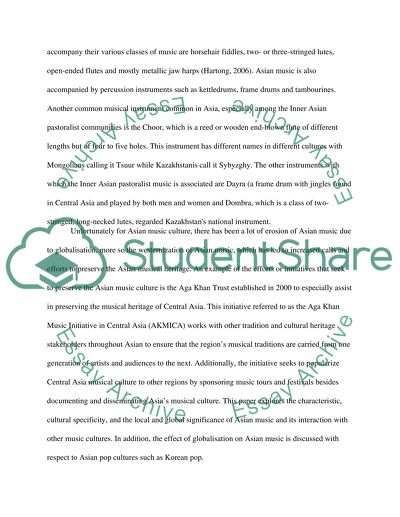Cite this document
(“Asian Culture On Music Essay Example | Topics and Well Written Essays - 2250 words”, n.d.)
Retrieved from https://studentshare.org/music/1460400-asian-culture-on-music
Retrieved from https://studentshare.org/music/1460400-asian-culture-on-music
(Asian Culture On Music Essay Example | Topics and Well Written Essays - 2250 Words)
https://studentshare.org/music/1460400-asian-culture-on-music.
https://studentshare.org/music/1460400-asian-culture-on-music.
“Asian Culture On Music Essay Example | Topics and Well Written Essays - 2250 Words”, n.d. https://studentshare.org/music/1460400-asian-culture-on-music.


